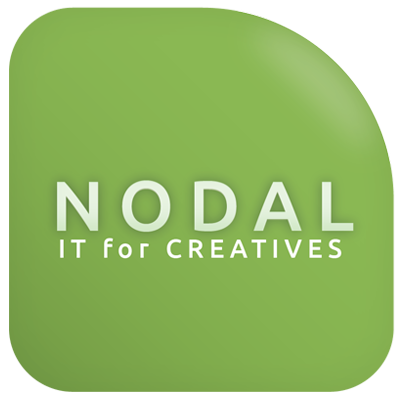As of January 14, Microsoft has officially announced the “End of Life” (EoL) for Windows 7. While the company provided fair warning to its users, and technically stopped supporting it back in 2015, many users have resisted upgrading - as of December 2019, Windows 7 still represented a whopping 26% of all Windows installations (other estimates put this as high as 40%!).
What does Windows 7 End of Life Mean for Users?
When Microsoft announces an EoL for one of its products, the most important takeaway is that they will no longer provide security patches for newfound vulnerabilities. If this sounds like a minor consideration, consider that the NSA recently found a security hole in Windows 10 so severe that they issued a disclosure and a warning. If someone happens to find a similar bug or vulnerability in Windows 7, anyone still using it will be an easy target for hackers.
It also means that Microsoft won’t offer tech support or honor warranty claims for Windows 7, and it’s unlikely to see other developers putting out new versions of their programs that are compatible.
How Do I Upgrade?
The system requirements for Windows 10 are fortunately pretty low; if your system was able to reasonably run Windows 7, it shouldn’t struggle too much with Windows 10. You should ideally have 4GB of RAM and 128GB of hard drive space, neither of which is exotic. In short, unless you’re running an especially old or slow computer, it’s unlikely that you’ll need a new computer.
It’s possible to buy a license for Windows 10 and upgrade accordingly, but Microsoft has provided a means for a free upgrade, so cost ideally shouldn’t be a gating factor.
Is Upgrading Urgent?
You might not need to upgrade right this second, but the clock is definitely ticking. Windows 10 has been around long enough that virtually any major software developer’s applications run on it, the process of upgrading is well-supported, and most importantly, not upgrading could potentially leave your business vulnerable to a wide range of cyberattacks.
Still on the fence? Contact Nodal today for more information or assistance with the upgrade process!
